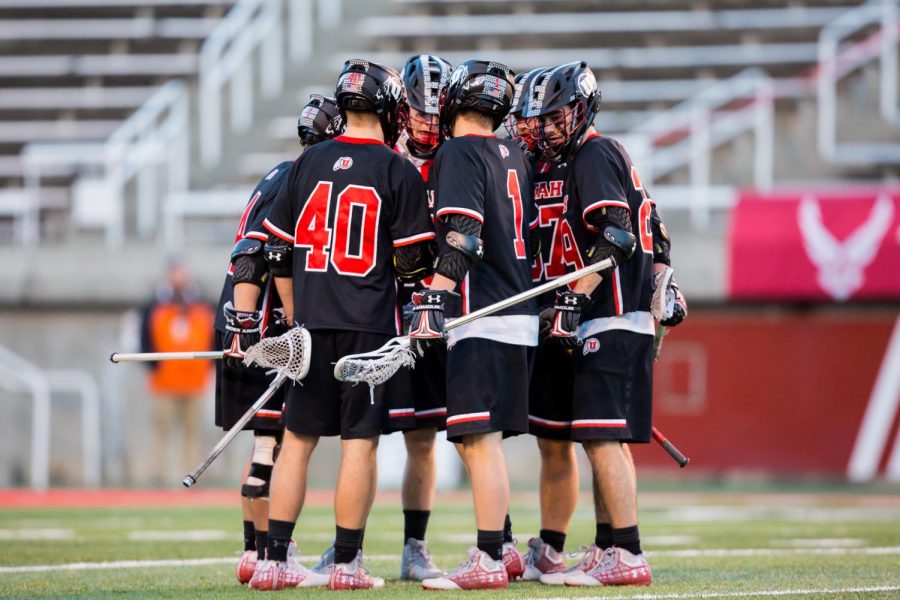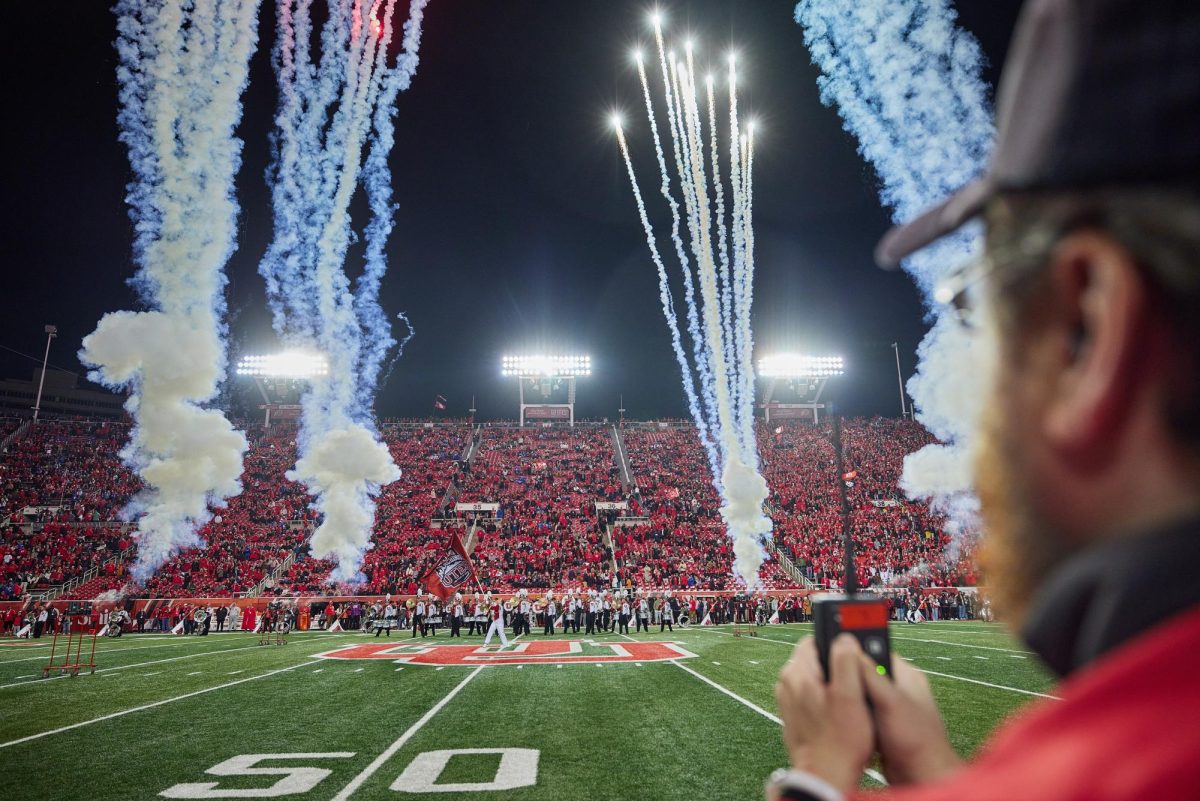The Gaming World Meets Title IX: Paving the Way for Women in Esports
February 24, 2019
With an average viewership of 98.2 million people, this year’s Super Bowl LIII was the least-watched Super Bowl in 11 years. Even if you add up all viewers across in-home televisions and official streaming sites — and then add an estimated 12 million for those watching at sports bars and restaurants that showed the game — you’d only reach a grand total of roughly 112.7 million viewers. For reference, the viewership for NFL games reached a historic high during Super Bowl XLIX at an average of 114.4 million viewers. In contrast, the 2018 League of Legends championship match drew in 205 million viewers all at once during its peak.
“League of Legends” — or LoL, as it’s known to its fans — is a video game from the company Riot Games and is one of the frontrunner games in a growing realm of competitive video gaming known as esports. Despite its hundreds of millions of fans, the $10 to $20 million prize pools and what is expected to be a billion-dollar industry within the next few years, many Americans don’t know about esports and the impact they have made internationally. This is in large part because the vast majority of the esports fanbase resides in China and other Asian countries. Out of those 200 million viewers of the LoL championship, just under 1 million watched the English broadcasts of the game.
That’s not to say that esports has an insignificant following here in America. Just this past year, the industry brought in around $345 million in North America alone. There are American professional esports teams playing games such as LoL, “Overwatch,” “Rocket League” and “Fortnite” as of this year. In 2017, esports was introduced here at the University of Utah, making the U the first Power Five school to have a varsity esports team.
As a relatively new form of entertainment, esports has been experiencing its fair share of controversy. Just this past month, the president of the NCAA Mark Emmert expressed his reluctance to invite esports into official college athletics any time soon. In his statements, Emmert criticized video games as “violent” and “misogynistic,” at odds with the values held by the NCAA.
Right off the bat, these criticisms seem suspect given that the NCAA program historically shows an incredible bias towards men’s athletics programs over women’s and earns a large portion of its revenue from the real-world violence of college football. The ethics surrounding video games are certainly a reasonable topic that warrants further discussion, but these comments seemed more like a hypocritical bias than valid objection. Yet, he’s right that competitive video gaming has always had a vast disparity between male and female representation. If esports ever hopes to achieve an NCAA official status, this gap will present a serious problem, especially when it comes to Title IX — the federal law that ensures that both men and women are provided equal opportunities in terms of athletics programs and athletics scholarships.
Why are there so few women across all of competitive gaming and how do we start addressing this disparity? I went to the U’s Crimson Gaming community with my questions and spoke with both the executive director of the program, Miranda Chhour, and the competitive director, Sean Kneeland. Both Chhour and Kneeland acknowledged that this underrepresentation of women is a problem for competitive games. Even in the more casual circles of Crimson Gaming’s competitive teams, there are zero women competing this year. In the past, the number has only made it as high as five female gamers out of fifty.
Chhour said, “For as long as gaming has been popular, it hasn’t been open to women … That type of systemic culture, that idea, has been cultivating for a long time. So only now when gaming has blown up more and there’s this pro scene, women are included but are seen as inferior to their male counterparts … Women don’t see themselves represented within that community and they don’t feel like they would have a positive experience within it.”
Crimson Gaming has been working hard to combat this state of affairs. They host a Girls’ Game Night specifically geared towards high schoolers in which they provide a welcoming space for women to learn games and feel comfortable enough with their own skills to join the more male-dominated gaming culture.
Both Chhour and Kneeland are optimistic that there is a growing place for women in gaming. A significant portion of Crimson Gaming’s staff and coaching is made up of women and there’s an increasingly significant number of female gamers streaming their content online and inspiring a new wave of women to join the culture of video games. Representation is crucial, and this growing number of female role models in gaming will only inspire higher engagement from women in the future.
“We’re putting our best foot forward. We’re making the right steps to lead the charge here,” Kneeland said. “There have been a lot of disingenuous attempts to bring women into the esports world. There have been a lot of all-female teams that have been created purely for the novelty of it and as a cash grab. I think that has been pretty destructive. But in the past few years, the gaming community — from a professional side — it’s been a lot more genuine about bringing women in.”
In the meantime, the U’s esports program marks a major step towards bringing competitive video gaming into popular culture and college athletics. Through the hard work of our Crimson Gaming community and the support of our gamers, we might soon see rising levels of engagement from competitive women players here at the U.












